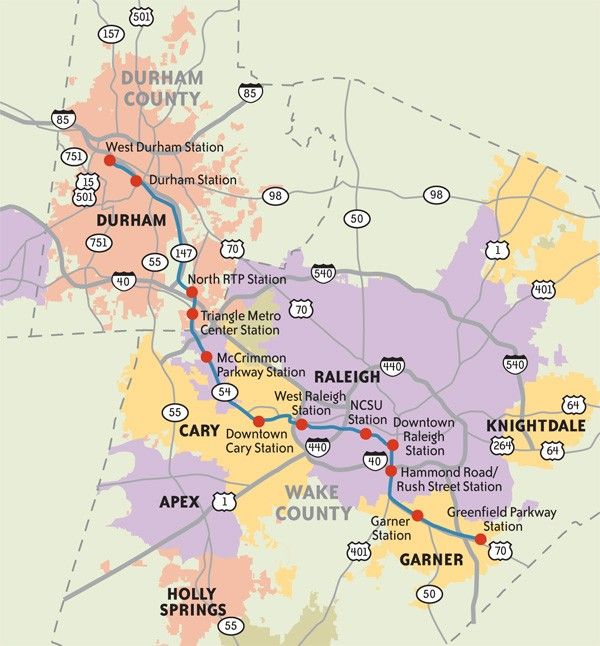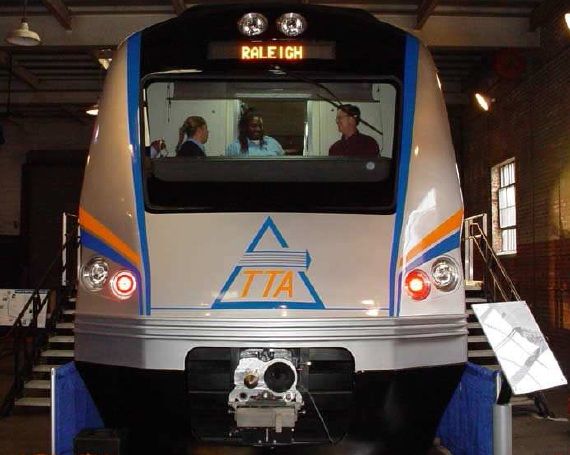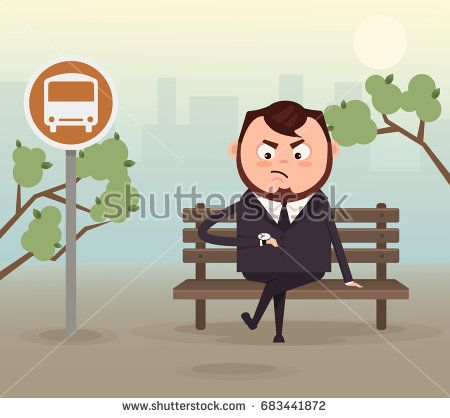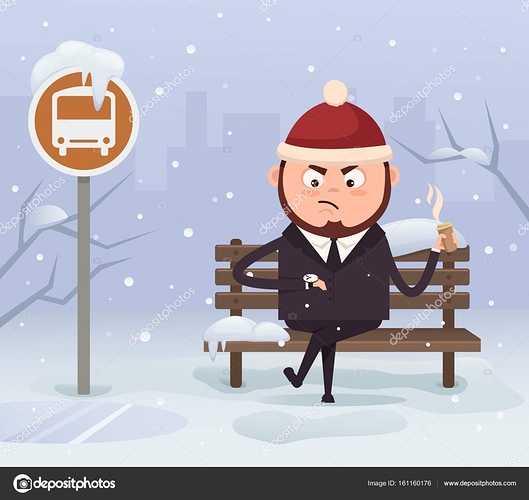I’m guessing the author of that article doesn’t have to submit to random drug testing. There is no way a system like that would work in our area. NYC, Chicago, LA maybe. Heck, even a secret version in DC for members of congress, but not here. The only way a transit system will work here is by starting small. and expanding as growth allows.
Well…Raleigh has Grown in the last…10 or 15 Years, and since then there has Been little change. Population here In Raleigh is About…what…450,000 in the Raleigh area ??? I’m not 100% exact… But even if so, if ANY kind of Light Rail where to be put in place… as CanesFan stated, start small, Start with a Light Rail from RDU to DTR then IF successful add a rail line from RDU to DTD ( Durham ). Step by Step and guess what Guys " WE have light rail and it works" But we have to make it work by getting People to use it, showing the People this is how you move about without using your cars, or not as much. AGAIN…this is a Car Dependent Area, folks will stick their noses up at the idea of Light Rail let alone GoTriangle Buses. It is going to take a Hell of a lot to convince People in the triangle to use Transit. As population grows each year…so are the amount of cars on the roads
The Triangle has about 2.1 million people, since you were wondering. For comparison Charlotte has about 2.5, Atlanta has like over 5 million.
I still feel that the existing plan which was voted for in the 2016 Wake County transportation referendum for commuter rail from Garner through downtown Raleigh, Cary, RTP to downtown Durham is an excellent plan to get us started on the right path. We should all jump on that and push for it to happen sooner rather than later. I don’t think it’s helpful to keep pushing for anything else until that gets completed because it diverts attention away from a very reasonable kickstarter plan for mass transit here using existing rail corridors to reduce cost and connecting all of the most likely nodes that would support mass transit.
As of a year ago, Raleigh was estimated to be about 464,000, and the Triangle CSA was sitting just a few hundred ppl under 2.2 Million.
Do you, or anyone, know the projected cost of commuter rail? Using existing rails seems to be the logical solution.
I agree. I don’t even know why we are talking about light rail. Are we talking about it so that we can just tick the box of “big city” items? Let’s go straight to commuter rail!
So, maybe change the name of this discussion from:
“Light Rail vs. Monorail”
to
“Commuter Rail vs. other forms of Transit”?

I’m all over commuter rail and think it the right path for Raleigh but we can’t forget that we had serious considerations for light rail in recent history.
https://dtraleigh.com/2011/03/light-rail-in-or-over-downtown-raleigh/
Was it a mistake? Would it have been funded? Who knows but if anyone can provide serious reasons FOR light rail in Raleigh, please share.
I think the group is looking for serious evidence rather than feelings at this point.
Sorry for the dumb question, but I’m not informed on this topic. Can someone break down what is meant by “light rail” vs. “commuter rail?”
Basically light rail has more stops, is designed to move people between parts of the city (and likely between Raleigh and close-in suburbs like Cary) and acts like a lighter version of a subway. It would require entirely new tracks and infrastructure to be built.
Commuter rail would run on existing freight/Amtrak tracks, though it might require some new track for capacity purposes. It’s mainly designed to move people from bedroom communities to job centers, would be more frequent around rush hour and less frequent than light rail for most of the day. It would connect big job centers like RTP, DT Durham and DTR with outlying towns.
You can compare it to the NY Subway Vs. the Metro North trains, though the subway isn’t actually light rail, it serves a similar purpose.
I’ve always imagined commuter rail in the Triangle eventually operating as an all day “S-train” type service with frequency nearly approximating light rail in the center, but reaching the edges of the suburban area.
Additionally, the incremental cost of operating all-day frequency rather than peak-hour schedule is so negligible, that, we should run trains at the same interval all day from the jump, making the service that much more useful for all sorts of trips, not just traditional business hour commuting. See Alon Levy’s explainer here: Base Train Service is Cheap, Peak Train Service is Expensive | Pedestrian Observations
Just to piggyback on Steve’s reply, light rail typically runs on streets, on space that otherwise would or could accommodate car traffic. They’re thus similar to streetcars or trams. Minneapolis/St. Paul has an excellent light rail system that might serve as a good example.
“Commuter rail” is essentially what most people would envision when they hear the word “train.”
As such, light rail will have smaller cars, going more slowly, and making more frequent stops, over shorter distances. And so commuter rail will have larger cars, going faster, and making less frequent stops over longer distances.
There are situations where light rail is exactly what’s called for. (Again, Minneapolis is a great example.) But there are other situations where light rail isn’t really what’s called for. I’m personally a huge proponent of the planned commuter rail that would connect Raleigh to Durham, going through RTP. Perhaps the most important advantage of the plan is that it would run on track that already exists, meaning that we would be getting tremendous bang for our buck. Also, Raleigh and Durham are way too far apart to connect via light rail. Maybe someday in the future light rail could end up playing an important transit role within Raleigh, but I think we’re a long way off from an economically viable project.
I went online at gotriangle.com at the website, also the maps were on Google. So I just downloaded it.
The whole point of the topic was to get discussions going about transit in the Triangle, light rail, monorail, BRT, whatever means of getting around. Monorail was just an idea tossed around as one way of getting around the city. Never in my life have I lived in a place where everyone was Car Dependant, that’s fine But is it practical ? ( ??? ) If changing the title will help , then okay.
Sorry, I was just trying to make light of the larger discussion. Please know that I intended no harm…




